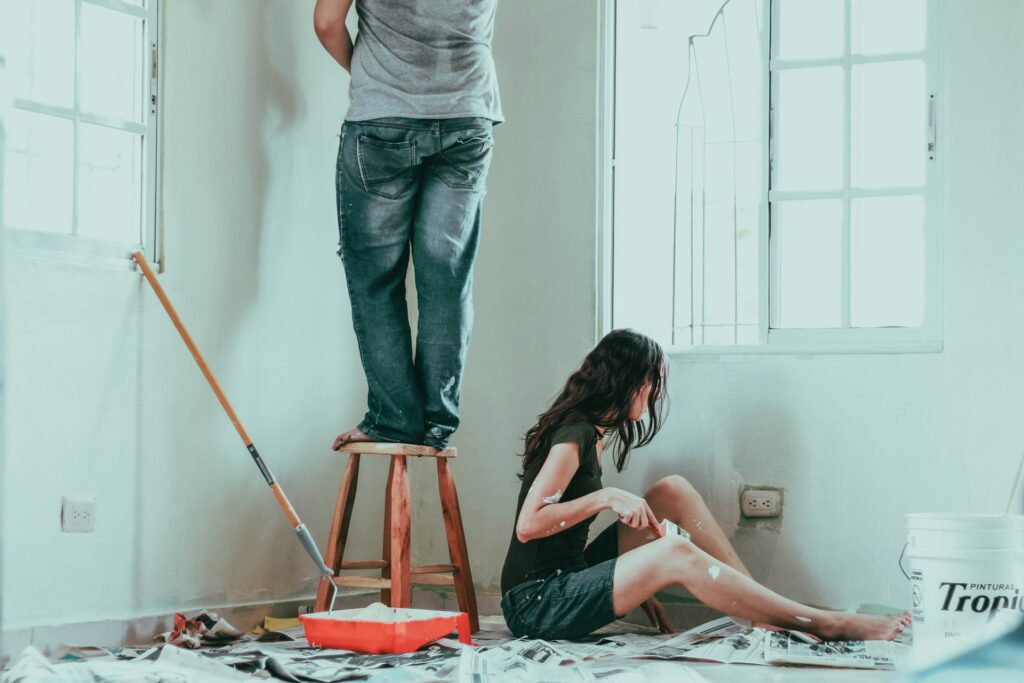Introduction:Maintaining your home is more than just keeping it clean; it’s about preserving its structural integrity, enhancing its curb appeal, and ensuring its longevity. Whether you’re a new homeowner or a seasoned property owner, understanding the basics of home maintenance is crucial for safeguarding your investment. In this comprehensive guide, we’ll explore seven essential tips to help you keep your property in prime condition, covering everything from routine inspections to proactive repairs.
Understanding Home Maintenance
Home maintenance encompasses a range of tasks aimed at preserving the structural integrity and functionality of your property. From inspecting for signs of wear and tear to performing routine upkeep, every aspect of maintenance contributes to the overall well-being of your home.
The Importance of Regular Inspections
Regular inspections form the cornerstone of effective home maintenance. By identifying potential issues early on, you can address them before they escalate into costly repairs. Conduct thorough inspections of both the interior and exterior of your home at least twice a year.
Addressing Minor Repairs Promptly
Small issues can quickly escalate if left unattended. Whether it’s a leaky faucet or a loose shingle, addressing minor repairs promptly can prevent them from becoming major headaches down the line. Make it a priority to tackle repairs as soon as they arise.
Seasonal Maintenance Tasks
Different seasons bring unique maintenance challenges. From cleaning gutters in the fall to preparing your HVAC system for summer, staying ahead of seasonal maintenance tasks is essential for keeping your home in optimal condition throughout the year.
Implementing Preventive Measures
Preventive maintenance involves taking proactive steps to prevent problems before they occur. This may include sealing gaps and cracks, servicing appliances regularly, and investing in proper insulation to protect your home from the elements.
Enhancing Curb Appeal
Curb appeal not only adds aesthetic value to your property but also contributes to its overall value. Regularly mowing the lawn, trimming hedges, and adding fresh mulch can enhance the visual appeal of your home and make it more inviting.
Sustainable Home Practices
Embracing sustainable home practices not only reduces your environmental footprint but also saves you money in the long run. Consider investing in energy-efficient appliances, installing programmable thermostats, and incorporating eco-friendly materials into your home.
FAQs
How often should I inspect my home for maintenance issues? Regular inspections should be conducted at least twice a year, preferably in the spring and fall, to catch any issues early on.
What are some common signs of home maintenance problems? Common signs include water stains on ceilings, peeling paint, clogged gutters, and malfunctioning appliances.
Is it necessary to hire professionals for home maintenance tasks? While some tasks can be DIY-friendly, such as changing air filters or caulking windows, certain jobs may require professional expertise, especially those involving electrical or plumbing systems.
How can I improve energy efficiency in my home? You can improve energy efficiency by sealing drafts, upgrading insulation, installing energy-efficient appliances, and using programmable thermostats to regulate heating and cooling.
What should I include in a seasonal maintenance checklist? A seasonal maintenance checklist should include tasks such as cleaning gutters, inspecting HVAC systems, testing smoke detectors, and checking for drafts around windows and doors.
What are the benefits of sustainable home practices? Sustainable home practices not only reduce your environmental impact but also lower utility bills, improve indoor air quality, and increase the resale value of your property.
Conclusion
By following these seven home maintenance tips and staying proactive in caring for your property, you can ensure that your home remains in prime condition for years to come. From regular inspections to addressing repairs promptly, investing time and effort into maintenance now can save you both time and money in the long run.

